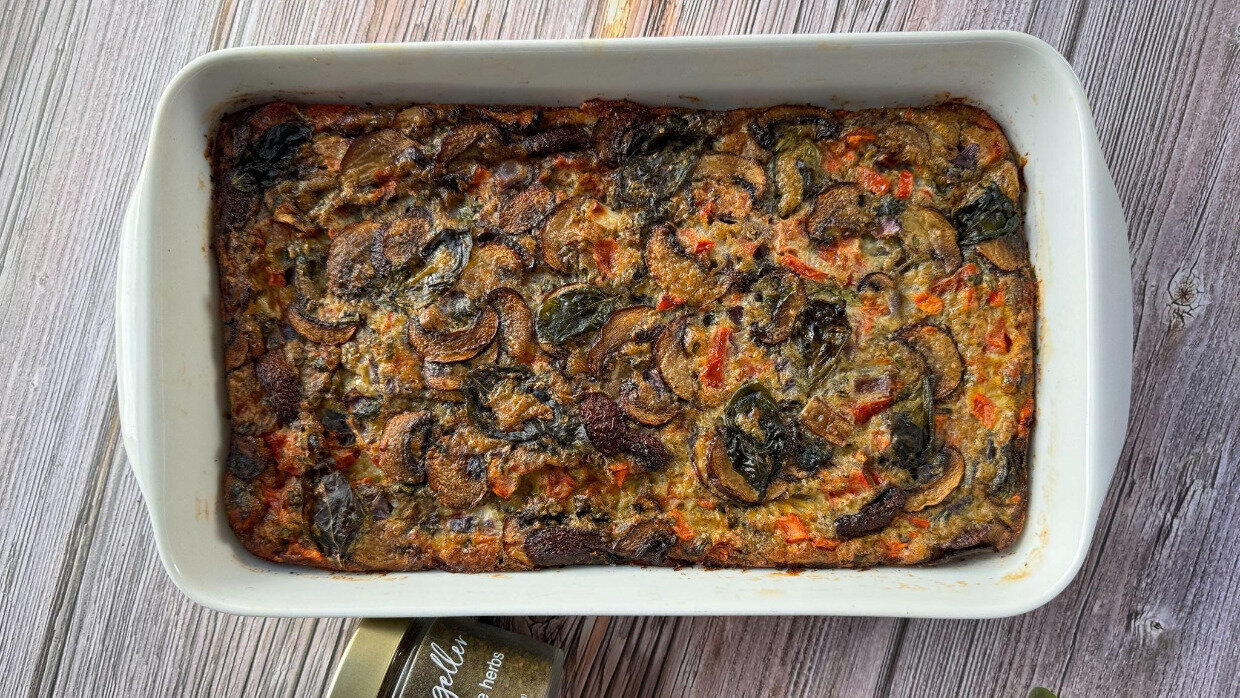Summer is here, the season of mosquitos mangoes and barbecues. And what better food than amba to combine the two?
Amba is a staple of Israeli fast food. Whether on shawarma, falafel, sabich, sandwiches, or fish, this tangy orange condiment adds flavor and color to any meal. Its closest culinary cousin is Indian chutney. Both contain mangoes, but whereas chutney consists of ripe, cooked mangoes, amba uses green, pickled ones. Another difference is the flavor. Chutney is sweeter and amba has a kick to it.
The history of amba is relatively modern. According to Daniel Monterescu and Joel Hart, in their 2018 article in Haaretz, “The Mango Sauce Connecting Indians, Israelis and Palestinians - and Taking High-end Restaurants by Storm,” some members of the Sassoon family of Bombay invented amba after sending vinegar-soaked mangoes in barrels to Basra port.
Unfortunately, there is no exact timeline as to when Amba became the ketchup of the Iraqi Jewish community. Forced to flee Iraq in the 1950s, the Jews brought amba with them to Israel, where it became another ingredient in the great Jewish melting pot.
Most Jewish foods are centered around some kind of holiday, or became associated with Jews through migration. For example, deli, which Jews introduced to America. Amba, however, doesn’t meet either of those criteria. Rather, the Jews of Iraq came up with this on a whim.
Although amba was almost exclusively a Jewish food before the state of Israel, since it goes well with Mediterranean street food, it now enjoys popularity even among Arab Israelis. Most ambas are not spicy, however, they are spice-full, containing a mixture of spices, mainly fenugreek and turmeric. Some people dislike the taste of amba because it can be intense. I’d like to ask those people, have you ever tried it on grilled chicken? Warm meat and pickled foods make for a great combo.
I chose to call this recipe a “mostly traditional amba.” Whereas traditional Iraqi recipes use large quantities of mangoes, I only use one mango. Traditional recipes also use an amba spice mix, which for the life of me I couldn’t find either in my nearby kosher stores or online. Believe me, I tried.
After watching multiple videos (in English and Hebrew) of how to make amba, and reading any recipes I could find, I experimented with fermenting mangoes. While it adds a few days to the process, I honestly think it is worth it. In the words of my husband, this amba is “insanely good.”
Ingredients
- 1 large green mango
Brine*
- 1 ½ - 1 ⅔ cups of tap water
- 2 tablespoons salt
- Juice of ½ lemon
Spice mix
- 1 tablespoon turmeric
- ½ teaspoon ground mustard
- ½ teaspoon paprika
- 1-2 tablespoons salt
- 2 tablespoons Hilbe paste**
- 1 garlic clove freshly pressed
- ¾ cup water
- 1 small chili pepper optional
- ½ teaspoon sumac optional
**Hilbe paste
- 1 teaspoon ground fenugreek
- 2 cups water
Nutritional Facts
Instructions
- Peel the mango and cut the flesh off the pit. Then cut the flesh into sticks or cubes and place in a glass jar with lid, like a mason jar.
- Prepare the brine by stirring the salt in the water until dissolved. Pour the brine over the mangoes in the jar. The mangoes should be mostly covered in liquid. There should be some space on the top of the glass for the gas that results in the pickling. Leave the mangoes in the closed jar for at least four days, the longer the better, on your countertop. Do not put the jar in the fridge.
- After four days, it’s time to prepare the spice mix. I promise the amba will be ready soon! First, make the hilbe paste, combining 1 teaspoon fenugreek with some water. Then immediately add the rest of the two cups of water, and let it rest for 10-15 minutes, so it can soak.
- Mix the rest of the spices in a separate bowl. When using the chili pepper, cut it into small pieces and add it to the rest of the spices.
- Pour off the water from the hilbe mixture until only the paste on the bottom remains. Take the paste and add it to the spice mix.
- Gradually add ¾ of a cup of water, one-quarter cup at a time, to the spice mix and stir well.
- Remove the mangoes from the jar. The mangoes should have turned slightly yellow and not be very green anymore. The brine can be discarded, or used to pickle mangoes again. The mangoes can either be cut into quarter-inch pieces and combined with the spice mix, or blended. Personally, I prefer to blend them until I get a thick sauce.
- Enjoy the amba with some hot barbecued meats! Pickled amba stays fresh in the refrigerator for several months up to a year.
















Can you freeze this sauce?
It should last about a month but not sure it can be frozen.